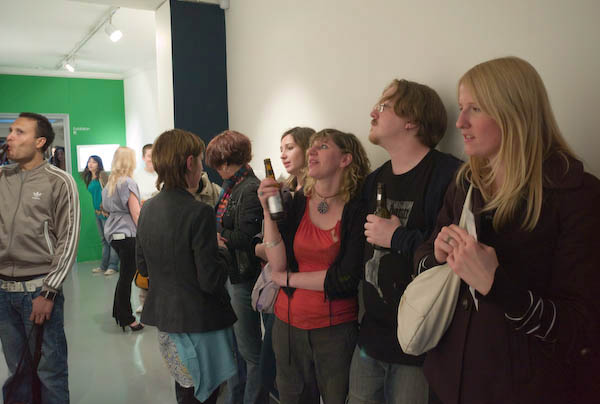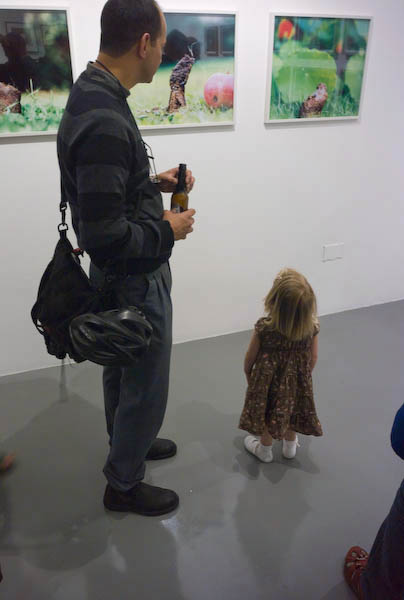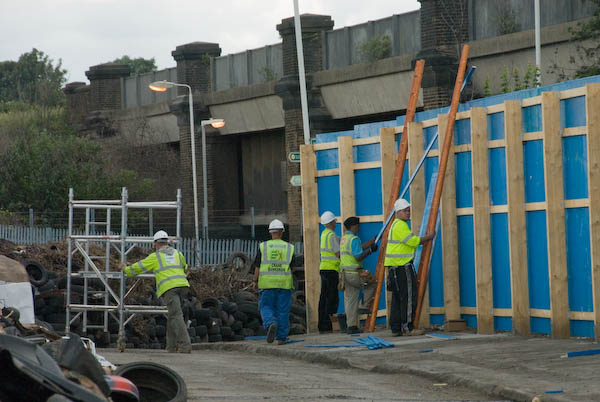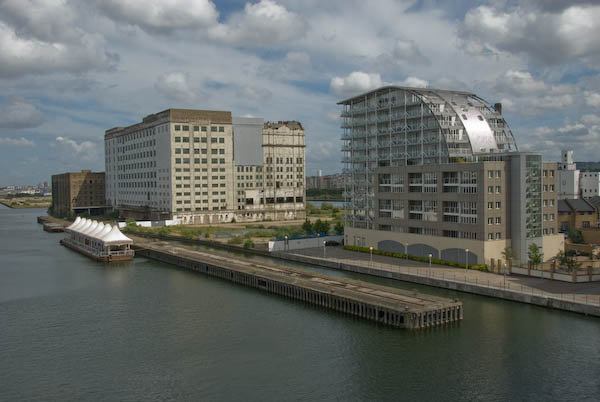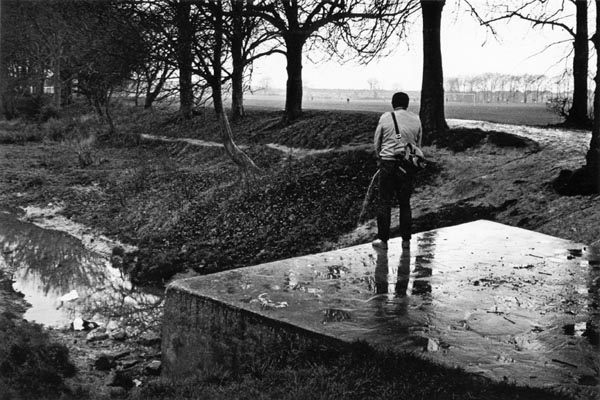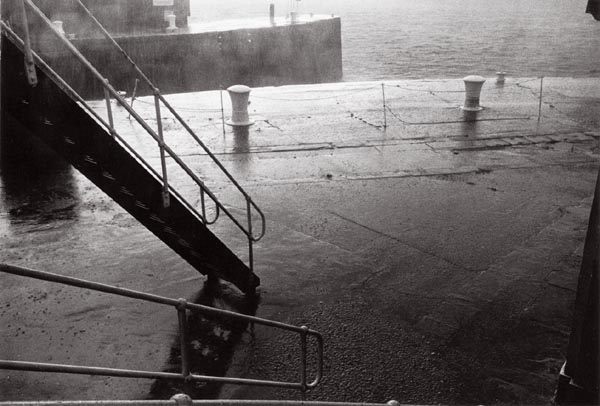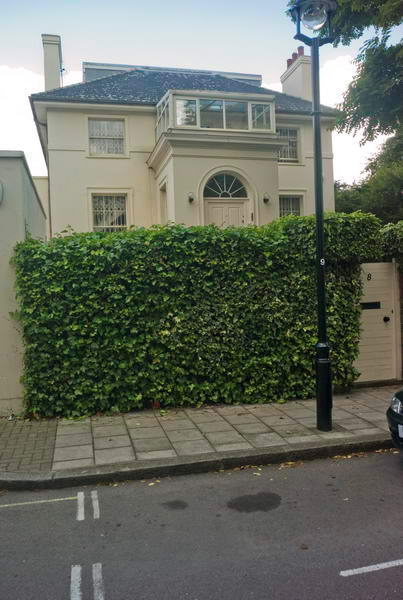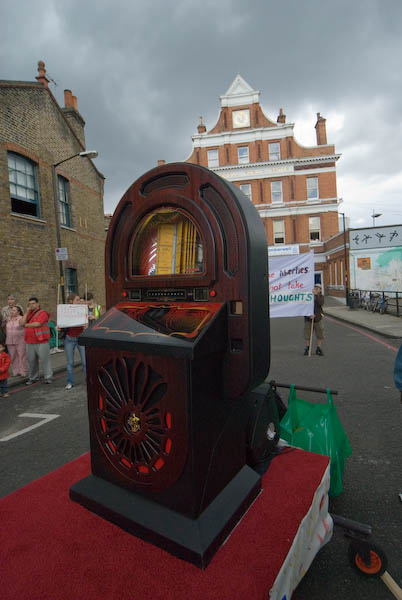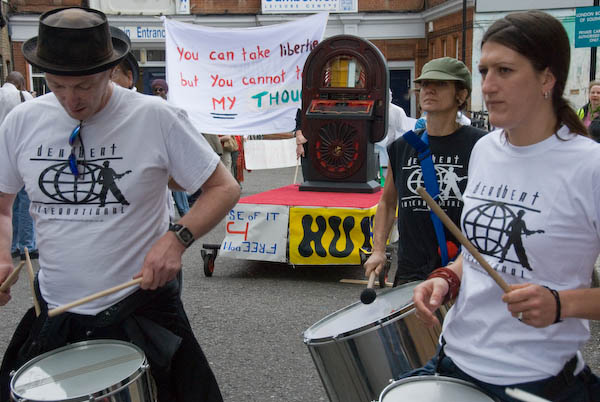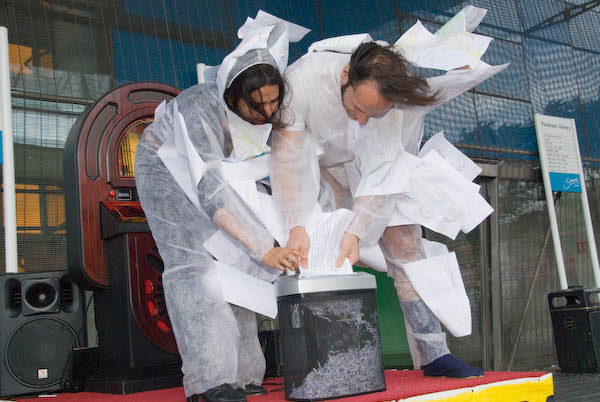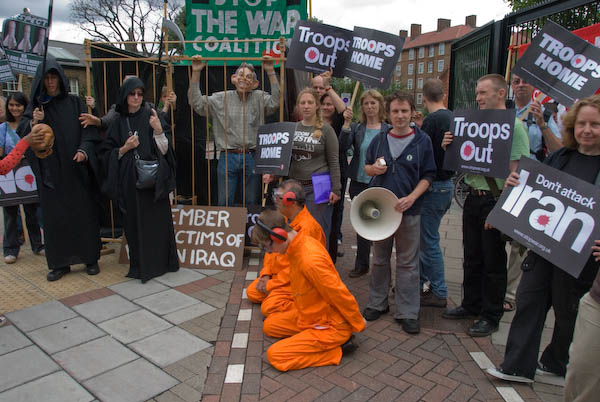I have a few problems with the WNBR. No objection to nudity, certainly no objection to environmental protest – I’ve participated in many, though keeping largely clothed.
First, I think the ride is lousy at getting it’s message across. Far too few of the riders or their bikes even carry slogans. Almost zero leafleting as the ride goes through some of the most crowded streets of the capital. People do look, but they wonder what its all about and nobody tells them. And if there was a press officer around at the start they were in hiding.
This year too, the ride seemed much faster. Last year I ran a kilometre of the route with it, going considerably faster than the riders even though stopping occasionally to photograph them. This year, though I’m fitter, I struggled to keep up for a few hundred metres. Speed makes it even harder to read the text on those bodies that do carry it.
Perhaps one answer would be to try to recruit leafleteers from those who sympathise with the aims of the ride but don’t want to strip off, and get them leafleting in key areas such as Piccadilly Circus, Covent Garden, Oxford St etc.
Secondly, the London ride has what it calls a ‘photography policy‘, but might better be called a ‘no-photography policy’. It’s main effect is to make the organisers look silly, as although it has caused a considerable controversy, it seems to have little or no effect in practice.
New this year (or so I understand) were the “photo policy enforcement boards” which riders were encouraged to print and carry, bearing the message “this photo was taken without permission“, to be held as protection against intrusive photographers. I searched long and hard, but to my disappointment failed to spot a single one.
Last year I hadn’t read the photo policy, so it didn’t inhibit my work at all. Photography for me is in any case almost always a two-way affair, involving some kind of relationship between me and my subject. Unlike the proposers of photo policies, I think photographing from my typical working distance of around 1 – 2 metres with a wide-angle is usually less intrusive than standing back and using a long lens.
Last year I photographed many of the individuals on the ride (including some I knew from other, clothed, events), and only one person declined to have a picture taken (perhaps because she had just been photographed by another photographer.) With one group I came to an interesting arrangement (I’ll leave you to speculate, but it was a very warm day and I was hot and happy to oblige) before they too were happy for me to photograph as I liked.
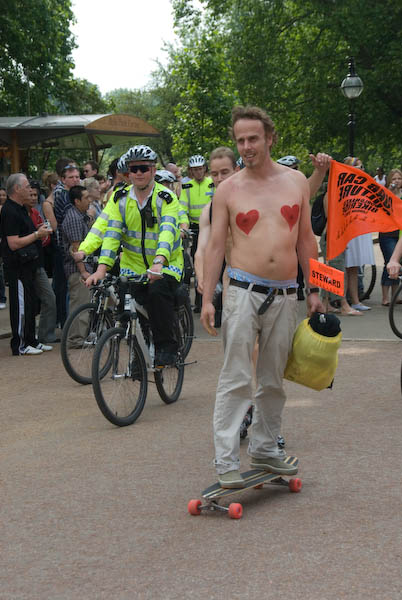
If people take their kit off in public places – where they have no reasonable expectation of privacy – they also can have no reasonable objection to being photographed. No permission is required, and the policy and those boards are a nonsense.
However, unreasonable behaviour is still unreasonable, whether or not some or all of those concerned are wearing clothes. We generally deal with it by making our complaint clear rather than claiming some right we don’t legally have. There are actually laws which can be invoked to prevent nuisance, but would not apply to photographers who behave reasonably.
If the organisers of events such as this feel there is a problem, then they could make arrangements in order to prevent it happening. There are actually some suggestions as to how this could be done on the ride wiki pages. Of course riders who for some reason want to hide their identity can do so by wearing masks.
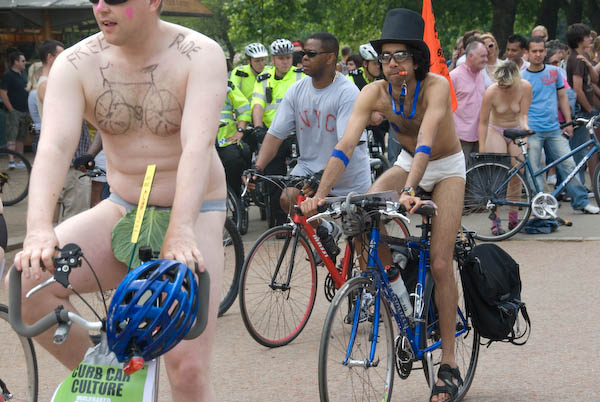
As always when photographing, if asked I gave people in my pictures my web address. After I posted some of the images, quite a few e-mailed asking for more pictures or larger files of their own image to print, and of course I sent them. The ride was a significant event for them and they welcome a good photographic record.
One of the very noticeable things in the event is the number of those taking part who are wearing little but a camera, including some very professional looking DSLRs and also video cameras. They too see it as something they want to photograph.
Actually I would have nothing against a reasonable photo policy. It might say something like “Photographers are requested not to pester any individuals who make it clear they do not wish to be photographed.”
The third problem I have is usage. What do I do with the pictures after I’ve taken them? What I certainly don’t want to do is to set up My London Diary as some kind of soft-porn site, so I’m very careful about what I post there. Again, given that the images are not model-released, I think even editorial use needs to be considered very carefully.
We also live in odd times so far as nudity is concerned, and there have been many who have suffered for taking images that most of us would feel unproblematic. Even owning widely respected photographic books has at times resulted in police warnings and prosecution. Most agreements with web hosting companies have very restrictive clauses on what may be posted, and in case of complaints I’m told some find it simpler just to close accounts rather than decide if the complaint is justified. As someone who runs web sites for several other organisations, posting doubtful material is a risk I don’t wish to take.
Much of my photography is made with an eye on history. Not generally recording major events, but the kind of minor happenings that contribute to understanding how we live. Quite a few of my pictures have already appeared in books about our current era, as well in various museum shows. In a few years time more of my WNBR pictures may come out too.
Some carefully selected images from the London 2007 World Naked Bike Ride appear in My London Diary.
If you took part in the race, think I may have photographed you and would like a copy of the picture but can’t find it there, you can email me to ask.
Peter Marshall
